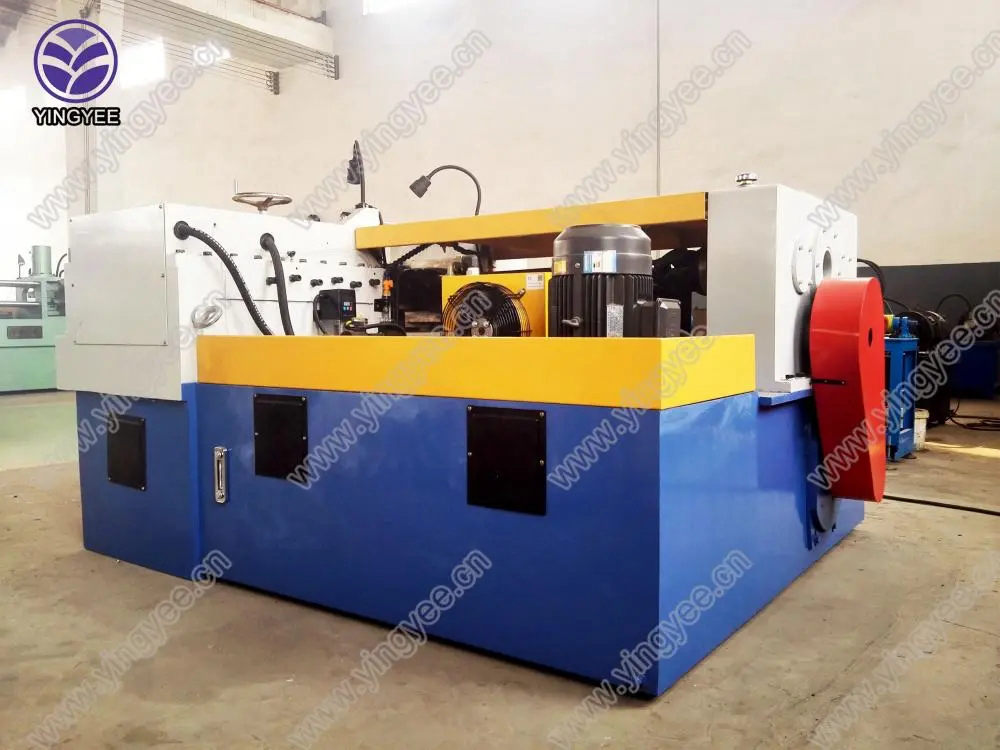
The Innovation of Roofing Sheet Making Machines
As the construction industry continues to evolve, the demand for efficient, durable, and cost-effective materials has never been greater. Roofing sheets play a crucial role in the structural integrity and aesthetic appeal of buildings. This has led to significant advancements in roofing sheet manufacturing technology, particularly with the emergence of roofing sheet making machines.
Understanding Roofing Sheet Making Machines
Roofing sheet making machines are industrial systems designed to produce high-quality roofing sheets at a large scale. These machines utilize various raw materials, including metal, plastic, and composite materials, to create sheets that cater to different construction needs. The most common type of roofing sheets produced is metal sheets, typically made from galvanized steel or aluminum, which are known for their strength, longevity, and resistance to environmental factors.
The Production Process
The operation of roofing sheet making machines typically involves several critical stages. The first step involves feeding raw materials into the machine. The materials are then shaped using a series of rollers, which gradually form the desired profile of the roofing sheets. This process often employs cold forming techniques, ensuring that the sheets maintain their structural integrity during and after production.
Once the sheets are formed, they undergo a cutting process that ensures they meet the required dimensions. The final products are then collected, inspected for quality, and packed for distribution. Advanced roofing sheet making machines often feature automation and control systems that enhance efficiency, consistency, and output quality.
Benefits of Roofing Sheet Making Machines
1. Efficiency One of the standout advantages of using roofing sheet making machines is their ability to produce sheets quickly and efficiently. This automation reduces labor costs and minimizes human error, leading to increased productivity.

2. Quality Consistency With advanced technology, the machines ensure that each sheet produced meets specific quality standards. This consistency is crucial for large construction projects where uniformity is required.
3. Customization Many roofing sheet making machines allow for customization in terms of dimensions, colors, and styles. This flexibility enables manufacturers to provide a wide range of products that cater to diverse consumer needs.
4. Cost-Effectiveness By streamlining the production process and reducing waste, roofing sheet making machines can significantly lower production costs. This, in turn, makes it possible for manufacturers to offer competitive prices in the market.
5. Sustainability With growing concerns about environmental impact, modern roofing sheet making machines are often designed to be more sustainable. They can utilize recycled materials, minimize energy consumption, and produce less waste than traditional manufacturing methods.
The Future of Roofing Sheet Making Machines
As technology advances, roofing sheet making machines are poised to undergo further transformations. Innovations such as smart manufacturing, artificial intelligence, and the Internet of Things (IoT) are beginning to play a role in optimizing production processes. These technologies can facilitate predictive maintenance, enhance operational efficiency, and improve overall product quality.
Moreover, with the rising trend of eco-friendly construction, the demand for roofing sheets that incorporate sustainable practices will likely shape the future of roofing sheet production. Manufacturers will need to adapt and innovate continually to meet these evolving consumer preferences and regulatory standards.
Conclusion
In conclusion, roofing sheet making machines are an integral part of the modern construction landscape. Their ability to produce high-quality, efficient, and cost-effective roofing solutions is invaluable for builders and contractors alike. As technology continues to advance, these machines will not only enhance production capabilities but also contribute to a more sustainable and environmentally conscious construction industry. By embracing innovation and adapting to changing market demands, manufacturers can ensure their place in the future of the roofing materials sector.